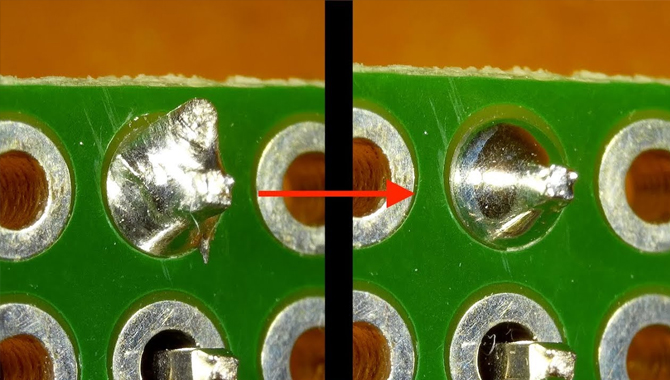Soldering is a process of joining two metals together with the help of a filler metal, such as lead or tin. It is a necessary skill for a variety of applications, ranging from electronics to plumbing.
There are two main types of soldering equipment available to the hobbyist: a soldering station and a portable soldering iron. The choice between the two depends on the type of work you intend to do and the portability of the equipment.
This article will compare the two devices and provide an overview of their features, pros and cons. In the end, you should be able to decide which is the best option for your specific needs. With both devices offering their own unique advantages, the choice between a soldering station and a portable soldering iron is not an easy one. Read on to find out more about the differences between the two and to decide which one is right for you.

Soldering Showdown: Station Vs. Iron
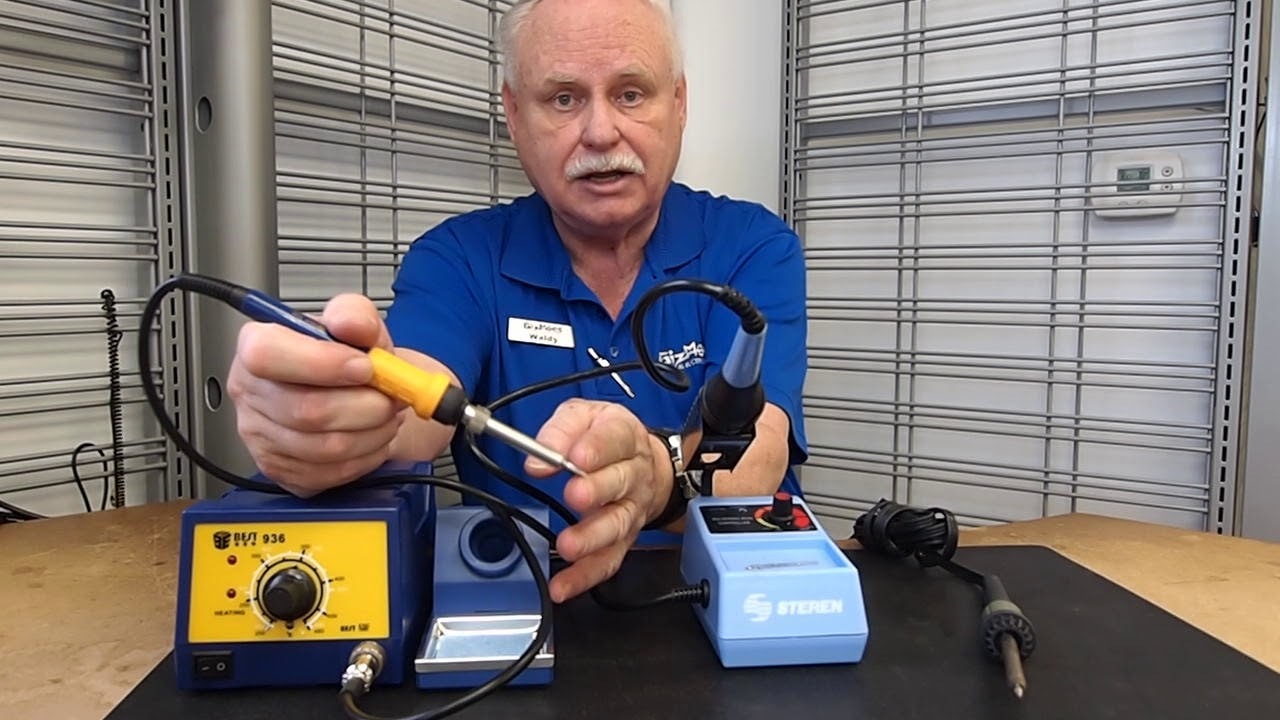
Before starting the main article, it is important to understand the differences between a soldering station and a portable soldering iron. A soldering station is a complete soldering setup that includes a soldering iron and its accessories, while a portable soldering iron is just the soldering iron itself.
The soldering station is a more permanent setup and is ideal for more complex projects, while the portable soldering iron is more suitable for quick fixes and on-the-go repairs. Both tools are used to join two pieces of metal together by melting a filler metal, but the soldering station offers more features and control for a better, more consistent result.
Advantages Of Soldering Station
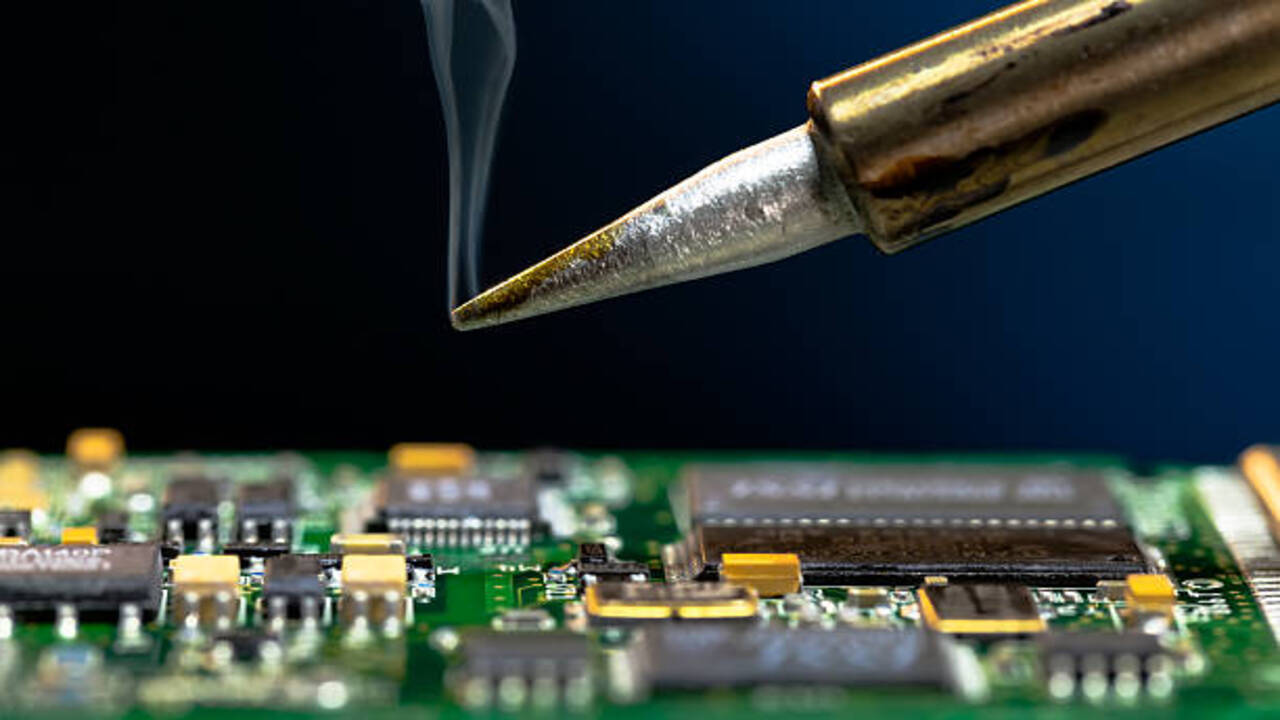
A soldering station offers a number of advantages when compared to a portable soldering iron. The most obvious advantage is that a soldering station features a temperature controlled iron that ensures the soldering iron is at the correct temperature.
This prevents overheating and damaging the components, which is especially important for delicate circuitry. Additionally, a soldering station typically features an adjustable power setting, allowing you to adjust the heat output of the iron.
This is ideal when soldering different types of components. Soldering stations also often come with a stand, allowing you to keep the soldering iron in an upright position when not in use.
This prevents the soldering iron from accidentally coming into contact with objects and causing damage. Finally, a soldering station often includes other tools, such as screwdrivers and tweezers, which are useful when working with circuit boards and electronic components.
More Precise
When it comes to soldering, more precision is always needed. Soldering stations provide a more precise soldering experience than portable soldering irons. Soldering stations feature a digital display that allows you to set the exact temperature for the job at hand. This is a great feature as it allows you to get the most accurate results every time.
Furthermore, soldering stations come with a stand and a holder for the soldering iron, allowing you to keep the soldering iron in one place for improved accuracy. On the other hand, portable soldering irons rely on manual adjustments and do not feature a digital display.
This can make soldering more difficult as you have to keep an eye on the temperature, whereas with a soldering station, you do not have to worry about this. Overall, soldering stations provide greater precision and allow you to get the best results possible.
More Durability
When it comes to durability, there is no comparison between a soldering station and a portable soldering iron. A soldering station is built for long-term use and is far more reliable than a portable soldering iron.
The soldering station has a robust construction and is designed to last for a long time. On the other hand, a portable soldering iron is made of lighter materials and is not as sturdy as a soldering station.
It is also more prone to wear and tear, making it less reliable in the long run. The soldering station also has a better heat control mechanism that ensures the correct temperature is achieved for the job at hand, making it more reliable. Therefore, a soldering station is far more durable than a portable soldering iron.
More Versatility
When it comes to versatility, the soldering station has a clear advantage. This is because it has a temperature control feature, allowing you to adjust the heat to the specific needs of the project you are working on.
Additionally, the soldering station also includes a stand that is adjustable, as well as a sponge for cleaning. This makes it easier to use and ensures that you are able to easily access all the components you need to complete your project.
A portable soldering iron, on the other hand, does not provide this same level of versatility. It is a basic tool that does not offer any additional features, so you will be limited in the type of projects you can complete.
More Ergonomic
When it comes to ergonomics, both the soldering station and the portable soldering iron have advantages. The soldering station is often the more comfortable option due to its larger design, which allows for a more natural hand position. This means that your hands won’t tire as quickly when using a soldering station, which is important because soldering requires a lot of precision and control.
Additionally, soldering stations often come with adjustable temperature settings, allowing you to find the perfect temperature for the job at hand. The portable soldering iron, on the other hand, is often the preferred choice for those who need to work in tight spaces, as it is much smaller and more compact.
This makes it easier to maneuver and gives you greater control over the temperature you are working with. Ultimately, the choice between a soldering station and a portable soldering iron comes down to personal preference and the type of work you will be doing.
Advantages Of Portable Soldering Iron
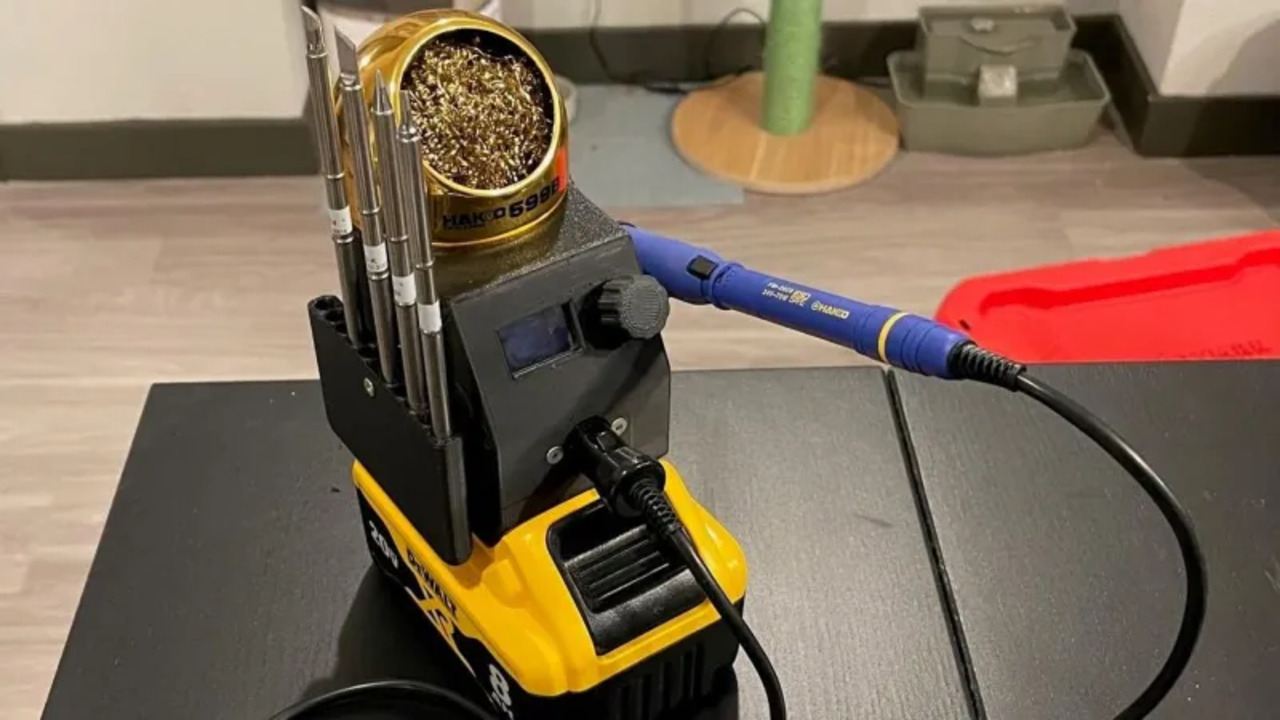
Portable soldering irons offer several advantages over soldering stations. They are light and compact, making them easy to transport and store. They also generate less heat than a soldering station, which reduces the risk of damage to delicate components or circuitry.
Portable soldering irons are more affordable than a soldering station, and are great for users with a limited budget. Another advantage of a portable soldering iron is that it can be used in areas where a soldering station would be impractical. This can include cramped spaces or outdoors. Finally, they are relatively simple to use and require minimal setup.
Smaller
When looking at the size of a soldering station versus a portable soldering iron, the station is much larger. The station is a large, relatively stationary piece of equipment that you can plug into a wall outlet. It usually includes a soldering iron, a stand for the iron to rest on, and a holder for the solder.
On the other hand, a portable soldering iron is much smaller and can be carried in a pocket, making it ideal for on-the-go use. Additionally, the iron itself is much smaller than the one that comes with the station. Furthermore, a portable soldering iron does not require a power cord, as it is powered by either a battery or a transformer that plugs into an outlet. This makes it even more compact and lightweight.
Portable
Portable soldering iron and soldering stations are two very different tools. Portable soldering irons are small, lightweight, and most often used for minor, quick repairs. They are great for those who need to travel and do on-the-spot repairs.
On the other hand, soldering stations are larger, often heavier, and are used for more intense work. They are more often used for larger projects and are great for those who need more control over their soldering process. Portable soldering irons are great for those who are frequently on the go, while soldering stations are better for those who need to do more intense and detailed soldering.
Easier To Use
When it comes to soldering, one of the most important things to consider is ease of use. In this regard, a soldering station is the clear winner. This type of soldering tool is much easier to use than a portable soldering iron, due to its user-friendly design and features such as adjustable temperature control and an ergonomic handle.
With these features, you can easily adjust the heat of the soldering iron to the proper level and keep a comfortable grip on the tool which makes it easier to work with. Additionally, a soldering station also typically comes with a stand so that you can set the tool down when you need to take a break or change tips. This makes it much easier to switch between different soldering tasks.
Lower Cost
When it comes to cost, both the soldering station and portable soldering iron can be obtained at a relatively affordable price. However, the soldering station may be more expensive as it includes a temperature control unit, a stand and a soldering iron in the package. Portable soldering irons are much more affordable and require fewer components to purchase.
Additionally, when the soldering iron tips become worn out, they can be replaced without having to purchase a whole new soldering station. This makes the portable soldering iron more cost effective, as only the parts that require replacement need to be purchased.
Conclusion
A soldering station is a tool used for soldering that consists of a soldering iron and a temperature control unit. It is ideal for more complex projects that require precise temperatures and multiple soldering tips.
A portable soldering iron is a more basic tool that is designed for quick repairs and small projects. It is more affordable and easier to use, but does not have the same level of temperature control as a soldering station.
FAQ’s
1.What Are The Key Features Of A Soldering Station?
Ans: A soldering station is a device used to heat up a metal alloy, known as solder, to join two or more metal surfaces. It typically consists of a soldering iron, a temperature controller, a soldering stand, and a hot air gun.
The soldering iron is connected to the temperature controller, which allows the user to adjust the temperature of the iron to the required value. The soldering stand is used to hold the soldering iron securely when it is not in use, while the hot air gun is used to heat up the metal alloy before joining the two metal surfaces.
2.How Does A Portable Soldering Iron Compare To A Soldering Station In Terms Of Efficacy?
Ans: A portable soldering iron is more compact and convenient to use than a soldering station, but it is generally less effective. The higher wattage and adjustable temperature of a soldering station allows better control and accuracy of the soldering process.
A soldering station will usually provide better results than a portable soldering iron. Therefore, if precision and quality of the soldering job is important, a soldering station is a better choice.
3.What Are The Advantages And Disadvantages Of Using A Soldering Station?
Ans: The advantages of using a soldering station include more accurate temperatures, quick heat up times, and adjustable settings. The disadvantages include higher cost of the station and the need for a power source.
Additionally, many soldering stations require additional accessories such as a stand or magnifying glass which can add to the cost. However, overall, a soldering station is the preferred tool for soldering due to its accuracy and convenience.
4.What Safety Precautions Should Be Taken When Using A Portable Soldering Iron?
Ans: When using a portable soldering iron, the following safety precautions should be taken: wear safety glasses to protect your eyes, keep the soldering iron away from flammable materials, use the soldering iron in a well-ventilated area, and unplug the soldering iron after each use.
5.What Type Of Maintenance Is Required For A Soldering Station?
Ans: A soldering station requires regular maintenance to ensure that it is functioning properly. This includes cleaning the tip regularly, replacing any worn parts, and checking the temperature calibration. Additionally, it’s important to keep the soldering station in a clean and safe environment, away from dust and moisture. Lastly, it’s important to store the soldering station properly when not in use.


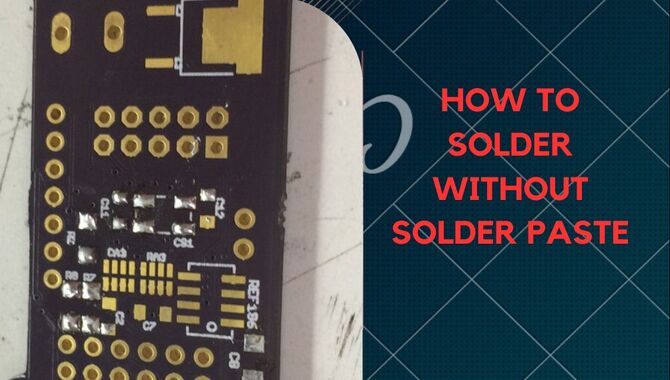
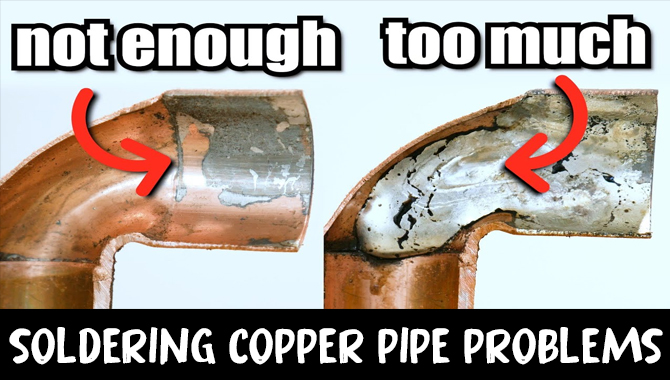
![Top 8 Best Solder For Copper Pipe [Reviews With Buying Guide]](https://accuratepicker.com/wp-content/uploads/2022/03/Best-Solder-For-Copper-Pipe.jpg)
